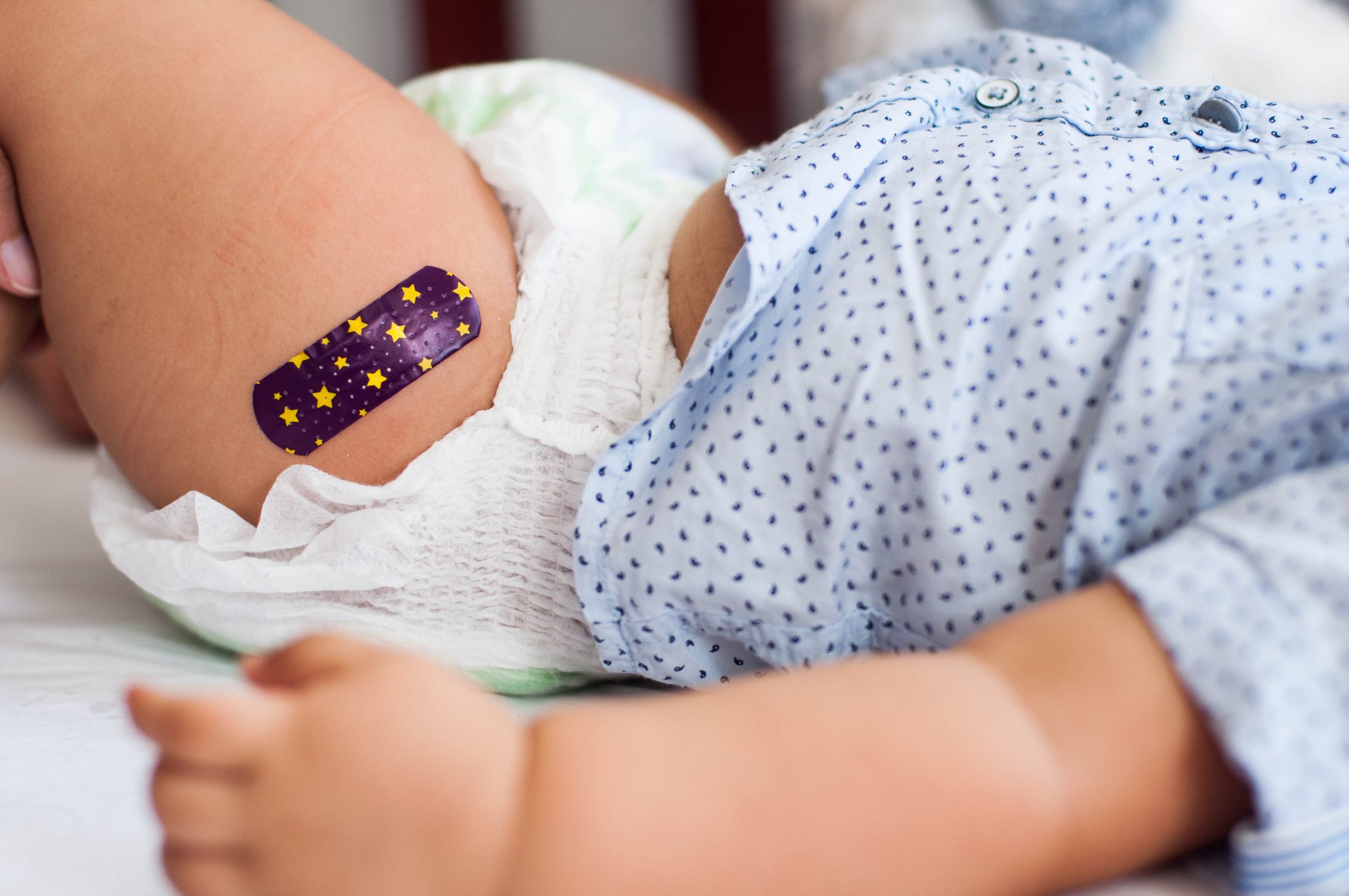A recent pediatric research review has finally pinpointed a potential cause of SIDS that's long gone unidentified.

New Study: Infants With This Biomarker Are 14 Times More Likely To Die From SIDS

There are few, if any, more tragic losses to bear than the death of an infant. Sudden infant death syndrome, commonly known as SIDS, causes additional trauma to mourning families as they grapple with unanswerable questions about the cause of mortality.
According to the Cleveland Clinic, SIDS is the leading cause of death in infants aged between one month and one year old in the United States. Roughly 2,500 babies die every year—most often without warning or symptoms—as a result of the sudden and mysterious condition.
“Sudden infant death syndrome is, by definition, an unexplained death, so the cause of SIDS is unknown,” the Cleveland Clinic explains. “However, researchers have studied potential SIDS causes to try to better understand how it occurs. The most commonly agreed-upon theory is that babies who die of SIDS have an underlying vulnerability, such as a genetic pattern or a brain abnormality,” their experts write.
When later presented with an acute trigger, doctors believe these vulnerable infants struggle to regulate their breathing, heart rate, temperature, or immune systems.
But recently, more intel has come to light. A 2024 study funded by the National Institutes of Health (NIH) and published in the American Medical Association journal JAMA Pediatrics has identified a testable biomarker that suggests a startlingly high risk of SIDS.
Retrospectively analyzing “full metabolic data collected as part of routine newborn screening” from more than 2 million babies born in California between January 2005 and December 2011, the team compared 354 SIDS cases to those of 1,416 infants who survived their first year of life.
The researchers ultimately determined that newborn babies presenting with an atypical pattern involving eight metabolites were 14.4 times more likely to die from SIDS, compared to infants with normal metabolic patterns.
Metabolites are small molecule substances created during the process of metabolism, which includes digestion and all other chemical processes the body requires to function. The researchers shared the 14 metabolites that were originally collected: “17-hydroxyprogesterone, alanine, methionine, proline, tyrosine, valine, free carnitine, acetyl-L-carnitine, malonyl carnitine, glutarylcarnitine, lauroyl-L-carnitine, dodecenoylcarnitine, 3-hydroxytetradecanoylcarnitine, and linoleoylcarnitine.”
Babies who developed SIDS were found to have “a specific pattern of metabolites compared to infants who lived to their first year,” a press release for the study explains. The researchers commented: “These findings suggest that we may be able to identify infants at increased risk for SIDS soon after birth, which could inform further mechanistic research and clinical efforts focused on monitoring and prevention.”
According to the Cleveland Clinic, other risk factors include:
- Exposure to smoking during or after pregnancy
- Late or no prenatal care
- An unsafe sleeping position or sleeping environment
- Teen pregnancy
- Preterm birth or low birth weight
- Overheating
- Consuming alcohol during pregnancy
- Being assigned male at birth (AMAB)
- Being a sibling of SIDS victims
- Being a twin
- Having a history of stopping breathing, called “apnea”
Parents of all infants, but especially those at high risk, should take precautions to reduce the risk of SIDS. The Cleveland Clinic says two particular interventions are especially lifesaving:
- sharing your bedroom, but not your bed, with the baby during the first six months of life
- following the recommended vaccination schedule can both reduce the risk of SIDS by up to 50%
Other crucial interventions include:
- Putting your baby to bed in their own crib, bassinet, or sidecar rather than sharing a bed
- Using a new, baby-safe crib with a firm mattress to avoid trap hazards
- Removing all loose bedding from the baby’s sleep environment
- Putting your baby to bed on their backs for naps and nighttime sleep
- Keeping the bedroom cool and well ventilated
- Avoiding swaddling after your baby learns to roll over
While there is sadly no way to guarantee safety from SIDS, these measures can improve the chances of a safe outcome. Talk to your doctor or pediatrician to learn more about SIDS, including whether testing for biomarkers may be available.
For daily wellness updates, subscribe to The Healthy by Reader’s Digest newsletter and follow The Healthy on Facebook and Instagram. Keep reading:
- New Study: 35% People Diagnosed With Cancer All Did This One Thing in the 90 Days Prior
- New Research: If You’re Deficient in This Vitamin, It Could Raise Your Stroke Risk by 28%
- New Harvard Study: Eating This Dessert May Lower Diabetes Risk by 21%
- This Type of Meat Can Increase Cancer Risk, Say Cleveland Clinic Experts




















